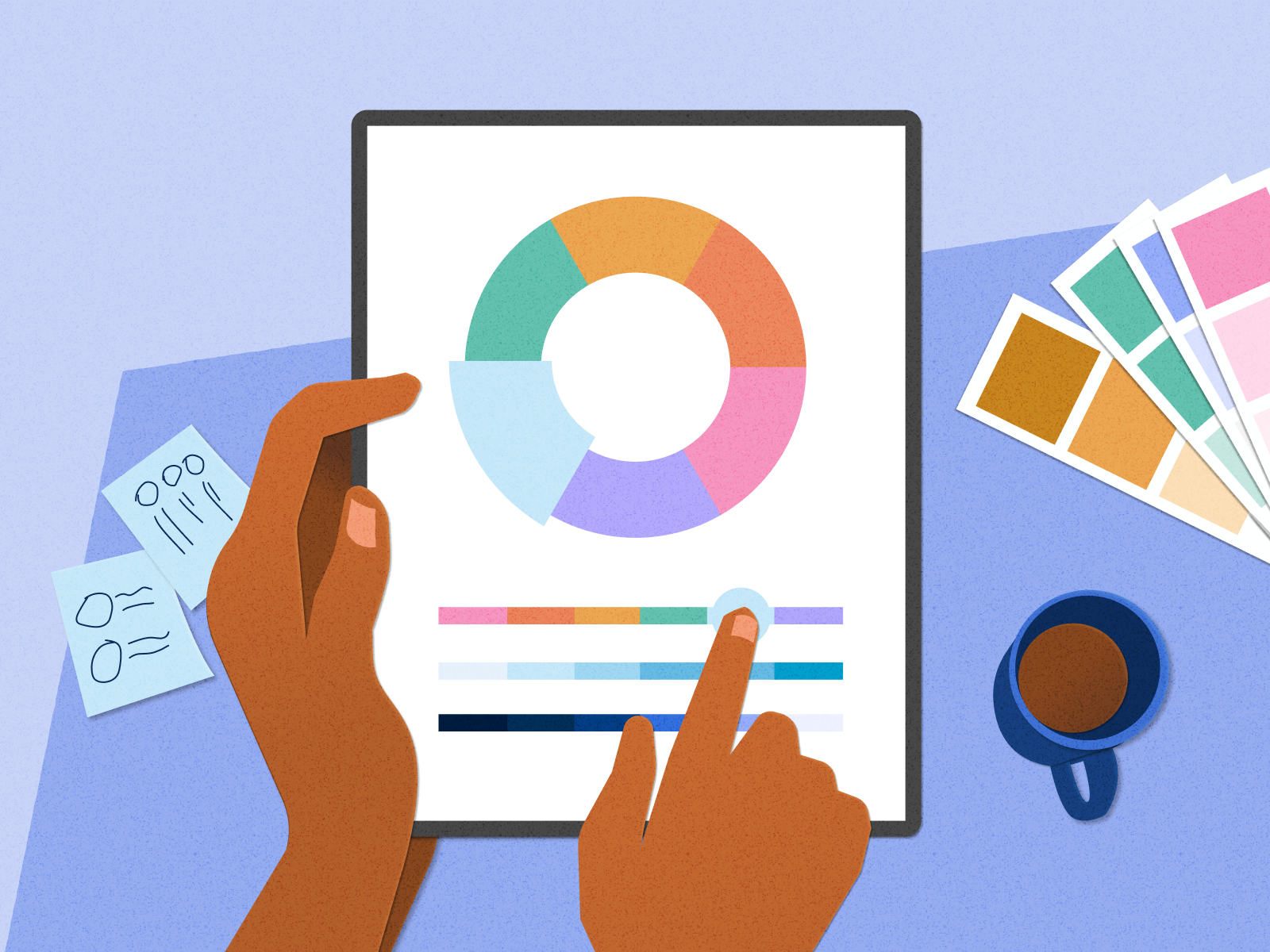Aligned Position Web Design: Building Responsive, Mobile-Friendly Websites for Modern Users
Aligned Position Web Design: Building Responsive, Mobile-Friendly Websites for Modern Users
Blog Article
The Most Effective Sorts Of Web Design to Improve Individual Experience and Involvement
In the ever-evolving landscape of electronic interaction, the efficiency of Web layout significantly impacts user experience and interaction. Various style methods, such as minimalist, receptive, and interactive layouts, each deal one-of-a-kind advantages that can provide to diverse customer requirements.
Minimal Web Layout
As digital landscapes become progressively chaotic, minimal website design has actually emerged as an effective method to improving customer experience. This design approach prioritizes simplicity, concentrating on necessary aspects while eliminating unnecessary diversions. By utilizing enough white space, uncomplicated navigation, and a restricted shade combination, minimal design cultivates clearness and guides user interest to vital material.
The core concept of minimal Web design is to produce a smooth communication for customers. By minimizing cognitive load, users can promptly comprehend information without feeling bewildered. This direct strategy not just boosts usability however additionally encourages involvement, as site visitors are much more likely to explore a site that is very easy and aesthetically attractive to navigate.
In addition, minimal layout often stresses typography and imagery, utilizing these elements strategically to convey messages effectively. In significance, minimal Web design is not simply a fad; it is a thoughtful technique that recognizes the significance of user-centered layout.
Receptive Web Style
In today's diverse digital environment, responsive Web design has become vital for developing a seamless individual experience throughout a plethora of devices. As customers gain access to web sites on smartphones, tablets, desktop computers, and laptops, the ability of a site to adjust its design and content to various screen dimensions and resolutions is crucial.
Receptive website design employs versatile grids, pictures, and CSS media queries to ensure that Web material is presented optimally, despite the tool made use of. This method not only improves the visual charm of a site however additionally significantly improves usability. Individuals are more probable to involve with a website that provides a constant experience, as it gets rid of the aggravation of needing to focus or scroll excessively.
Moreover, online search engine, including Google, prioritize mobile-friendly websites in search positions. By taking on receptive design, companies can enhance their visibility and reach a broader target market. This strategy additionally streamlines web site maintenance, as a single version of the site can satisfy all devices, minimizing the need for several versions. In summary, receptive Web design is a basic technique that improves individual experience, interaction, and overall contentment.
Interactive Web Style
Responsive website design prepares for boosting customer experience, yet interactive website design takes this an action further by involving users in an extra vibrant method - Aligned Position Web Design. By including components such as animations, clickable prototypes, and real-time feedback, interactive Web design captivates individuals, attracting them into a richer surfing experience
This strategy not only promotes engagement however likewise motivates individuals to check out content proactively instead of passively consuming it. Techniques such as gamification, where users make rewards for completing jobs, can considerably improve the time invested in a website and improve general contentment. Interactive functions can streamline intricate info, making it a lot more absorbable and satisfying.

Integrating interactive layout aspects can also bring about higher conversion prices, as individuals are extra likely to engage with a site that proactively entails them. Aligned Position Web Design. Eventually, interactive Web style changes customer experiences right into unforgettable trips, making sure that site visitors return time and once again
Flat Design
Identified by its minimalistic strategy, level style highlights simplicity and functionality, removing away unnecessary components and concentrating on vital functions. This style viewpoint focuses on functionality, guaranteeing that users can browse interfaces easily and effectiveness. By utilizing a tidy visual, level design eliminates the mess often located in a lot more luxuriant styles, therefore boosting individual Home Page concentrate on web content and functionality.
The characteristic of level style hinges on its use bold shades, straightforward typography, and geometric forms. These aspects add to a visually enticing interface that is both approachable and modern. In addition, level design cultivates a feeling of clearness, allowing customers to determine vital actions and info without interruption.
Furthermore, level style is particularly reliable in responsive website design, as its simpleness equates well across different devices and screen sizes. The lack of elaborate textures and gradients decreases filling times, which is crucial for preserving user interaction. As digital landscapes remain to develop, flat layout stays an appropriate option for producing easy to use internet sites that enhance total experience. By concentrating on essential functions, flat layout not only fulfills user requirements however likewise motivates seamless interaction, making it an important part of effective website design approaches.
Adaptive Website Design
Adaptive website design tailors the individual experience by developing multiple fixed designs tailored to various screen dimensions and tools. Unlike receptive style, which fluidly changes original site a single layout, adaptive style utilizes distinctive layouts for particular breakpoints, ensuring optimal discussion on numerous platforms. This strategy enables designers to focus on the distinct features of each tool, improving usability by supplying specifically what customers need based upon their context.
One of the key advantages of adaptive Web design is its capacity to maximize tons times and efficiency. By offering customized content and images that fit the user's tool, sites can minimize data use and boost loading speeds. This is especially valuable for users with slower links or restricted information plans.

Furthermore, adaptive design promotes a much more controlled and regular branding experience. Since developers develop several layouts, they can guarantee that the visual aspects straighten with the brand's identification throughout various systems - Aligned Position Web Design. This results in a natural customer experience, enhancing interaction and promoting user retention
Conclusion
Minimalist layout fosters quality and focus, while receptive design makes certain flexibility across numerous gadgets, promoting access. Jointly, these design approaches add to the creation of straightforward environments that not just enhance contentment yet additionally drive higher conversion prices, emphasizing their crucial value in contemporary Web design techniques.

Minimal layout promotes quality and focus, while responsive style makes certain flexibility across various devices, advertising accessibility. Jointly, these style comes close to add to the production of straightforward settings that not only boost contentment yet likewise drive higher conversion rates, emphasizing their crucial value in contemporary Web design strategies.
Report this page